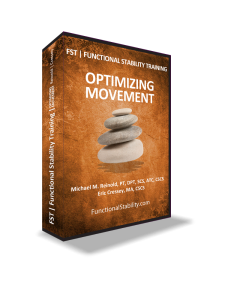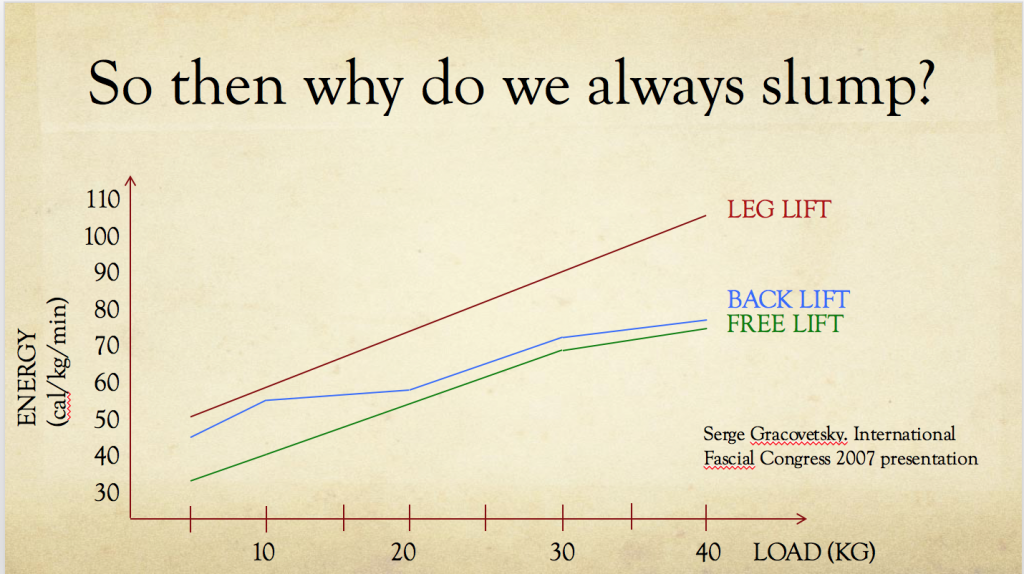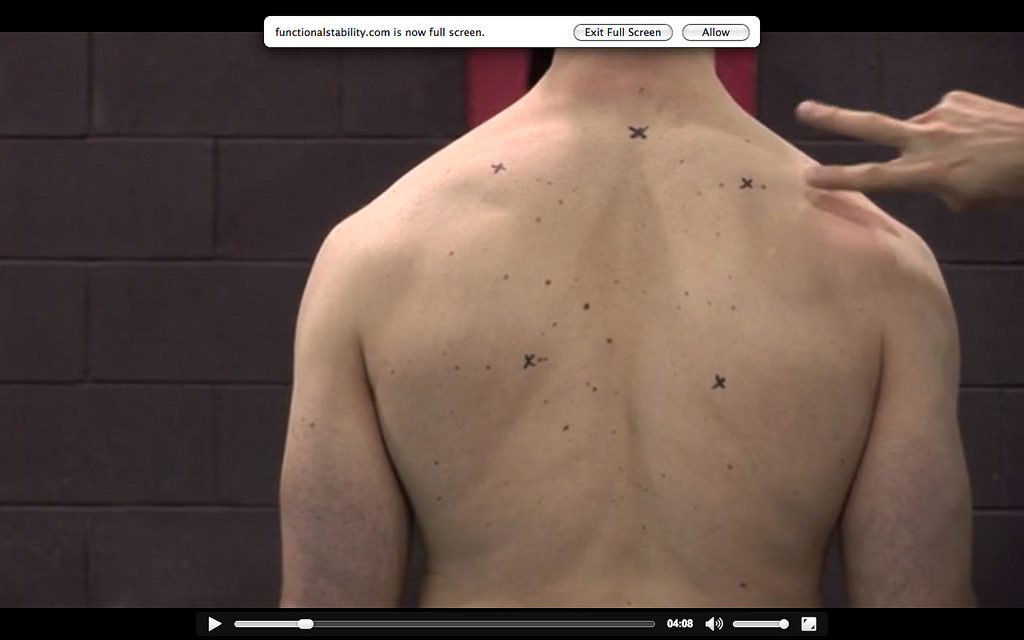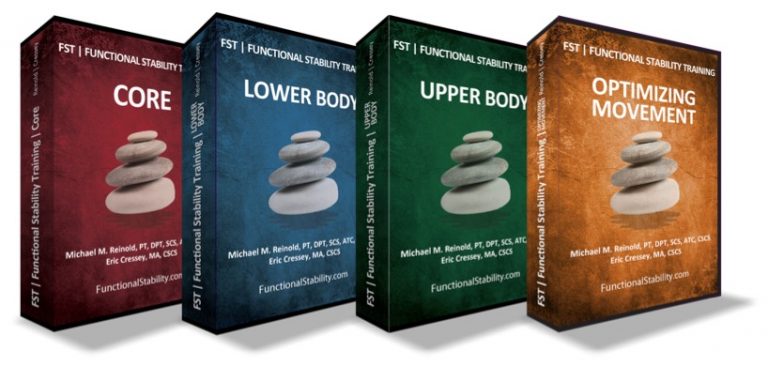Random Points from Watching Functional Stability Training: Optimizing Performance
As I alluded to in the last post, Eric Cressey and Mike Reinold released the latest installment of their awesome Functional Stability Training series, this time focusing on some of the lesser-known details that can take a good program into being a great one, and help make coaches and therapists that much better in their approach.
This past weekend I went through the entire video series and took notes on some of the big things that stood out to me, and that even jogged some forgotten memories as well. Today I wanted to share those random points to help give some insight into how broad and beneficial this video product is for any up and coming trainers, therapists or exercise enthusiasts who like to geek out as hard as a Star Wars geek nerds out over Banthas and womprats.
- Optimum Movement is commonly at odds with efficient movement. Efficient movement doesn’t get dictated by outcome quality, but by energy usage to produce the movement. The path of least resistance is commonly the easiest pathway, not the best pathway to get there.
- You only have to floss your teeth after you eat. You don’t have to stop sitting, but you have to move afterwards. The chair takes over for your core, so do something to turn the core back on again after sitting.
- The only thing that’s textbook is a textbook. Everyone has their own uniqueness that doesn’t follow the “usual” orientation. Symmetry and following a set alignment or setup for an exercise is suboptimal. For more on this, check out THIS PIECE I wrote a while ago talking about hips.
- Don’t work postural or stability muscles to failure. Endurance training should exist, but you want to still be able to function and use the area after the workout. I can’t tell you how many times I’ve seen a bro rep out 15 variations of rotator cuff work in all directions, then head to the bench and start their warm up. With no chance in hell of their cuff doing anything but hating their face.
- Posture is the beginning and movement is the end. If you’re looking to see how someone is going to get their arms overhead, where they start is as important as where they end. It gives you an idea of whether they’re starting at a disadvantage or in a “cheating” position.
- There’s a big difference between a normal anatomical asymmetry and a movement compensative asymmetry. One is something that the person came in with and won’t easily be changed, but can be worked within, and the other effects the quality of their movements and can effect whether they get the benefit from a specific exercise that you’re going for. Also, no matter how often you smash or grind or lean into it, you’re not changing bone to bone contact without causing some sort of problem.
- Green zones and red zones of movement. Work in the green zones, avoid the red zones, and try to expand the green into the red as much as possible. If you can’t effectively get your arms overhead with the desired motion of glenohumeral plus scapulothoracic motion and you only get there by smashing your low back into extension, you don’t get to train there yet. Once you can get your arms overhead without secondary motion from joints you don’t want to use to get your arms overhead, then you can train there.
- Mobility and stability can’t be separated. You have to have stability to allow mobility, you have to have mobility to use stability.
- Big difference between arthrokinematics and osteokinematics in terms of understanding movement. Arm going up overhead is part of the concern, but so is the roll and glide of the humerus relative to the glenoid fossa. Osteokinematics tell you about the movement and that a limb moved from A to B, whereas arthrokinematics tells you how it got there.
- When in doubt about whether it’s good stiffness or bad stiffness, don’t stretch it out. Stiffness can come from muscle damage in something like say an overstride for a sprinter, a muscle holding a shortened position to guard against a perceived threat, or even neural tension.
- Sometimes feeling “tight” is protective, as it helps generate force and quickness that can be lost if you reduce the tension in the system.
This is just a small sample of the bases they covered, as well as a LOT of very in depth coaching on specific movements and exercises ranging from all fours breathing through to different set ups for deadlifts. There’s a little something on here for everyone, and it’s even on sale until June 19th, so if you like learning awesome stuff and saving enough money for a cuppa coffees, this is your jam.
If you want to really blow your mind away, you can pick up the entire series of 4 modules on sale until June 19th as well.





One Response to Random Points from Watching Functional Stability Training: Optimizing Performance